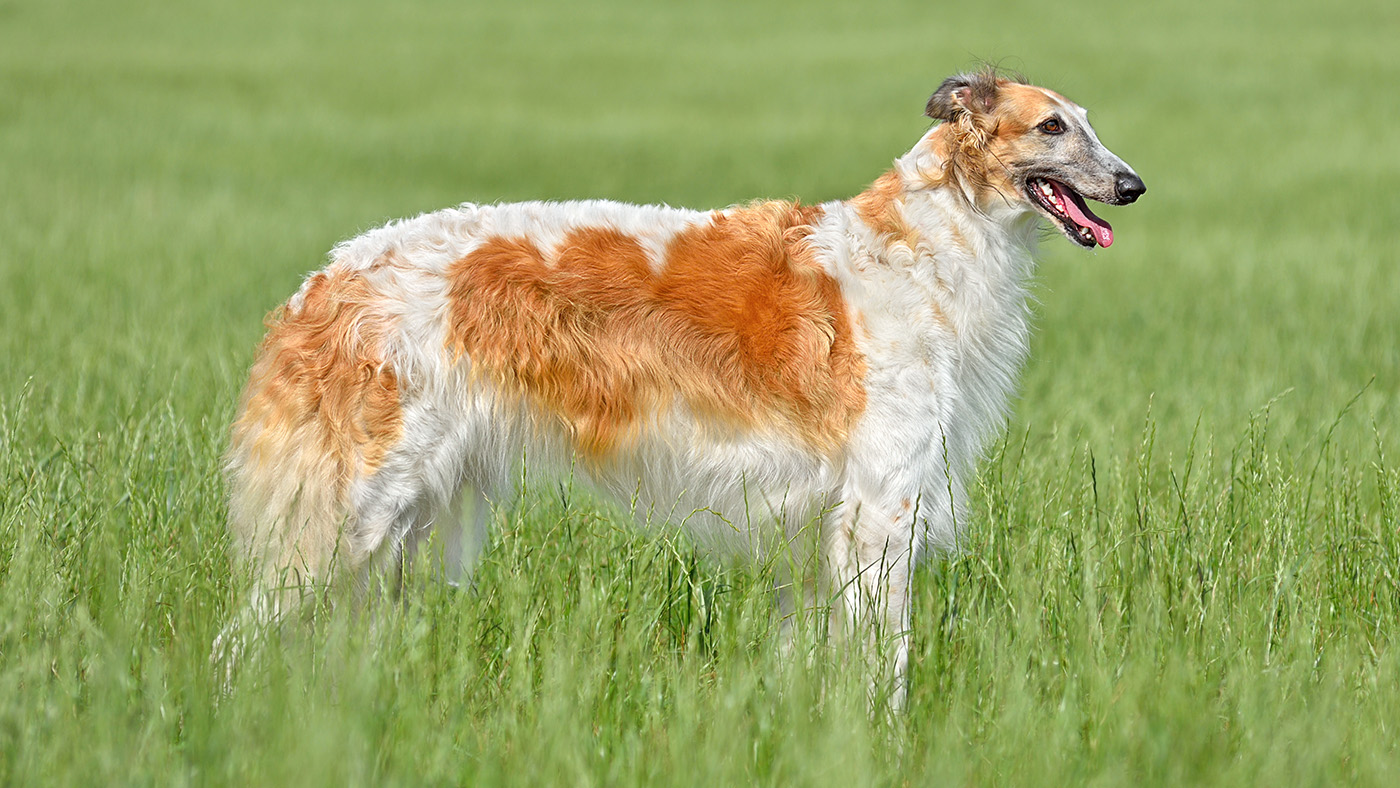A new study aims to pinpoint exactly when we can describe our dogs as ‘old’
Some dogs are considered old at 14, while for others it’s 12 or younger

Nobody wants to think of their dogs as getting older – we all wish they’d live forever! But recognizing when your dog can be considered old can help you care for them in the best way possible, tailoring things like food and exercise to meet their changing needs.
There’s no exact age at which we can describe our dogs as old – it can differ from breed to breed, and some dogs will be in better health at 12 than other dogs are at seven. But no matter when your dog hits old age, it’s important to know about the dog foods for seniors and medication for your senior pup.
But now, a study from the University of Liverpool, funded by BSAVA PetSavers, has aimed to pinpoint the average age at which we can consider a dog to be old – as well as highlight some of the most common health conditions our senior pups can develop.
Researchers analyzed veterinary electronic health records (EHRS) and found that dogs are typically described as being in old age at 12.5 years. However, it unsurprisingly differs by breed.
As a general rule, smaller breeds age more slowly – for Jack Russell Terriers, old age begins when they’re approaching 14. For Labrador Retrievers, a much larger breed, dogs are considered old at around 12 years of age. Life expectancy also varies by breed.
Professor Carri Westgarth, who led the research, said: “This study allowed us for the first time to examine when vets start noting that dogs are now in a stage of their life where they consider them to be ‘elderly’ or ‘senior’. By analyzing what signs owners were noticing and conditions the vets were diagnosing, we can improve our understanding of how to provide the best care for our dogs.”
The study also found the five most common health concerns when it comes to aging in dogs, as follows:
PetsRadar Newsletter
Get the best advice, tips and top tech for your beloved Pets
- Weight-related issues (35% of dogs): Being overweight, being underweight, and losing weight.
- Musculoskeletal issues (33%): Including stiffness and mobility challenges.
- Dental conditions (31%): These are varied, but common conditions include tartar buildup and gum disease.
- Skin-related problems (28%): Including lumps, infections, and hair loss.
- Digestive issues (22%): Symptoms can include vomiting and diarrhea.
Meanwhile, the researchers have offered advice for dog parents based on their findings, to help us care for our pups as they get older.
As every dog is different, they stress the need for us to understand our pup’s breed-specific aging, and to be proactive when it comes to common conditions – it’s always best to tackle issues early! And, it’s important to visit the vet regularly to ensure that you’re on top of your dog’s health.
For more advice, these tips for taking care of senior dogs might come in useful. While this article is also well worth reading: Caring for a senior dog: 10 tips from a dog behaviorist.

Adam is a freelance journalist specialising in pets, music and culture, and mental health and wellbeing. He investigates and writes the large majority of news on PetsRadar, and collaborates with veterinary experts to produce informative pet care content.
Adam has a journalism degree from Southampton Solent University and a masters degree in Magazine Journalism from Cardiff University. He was previously senior editor at dog advice website DogTime.com, and has also written for The Independent, GoodToKnow and Healthline.
He owns two rescue cats, Bunny and Dougie, and has also previously had a rabbit, fish and Roborovski dwarf hamsters.
